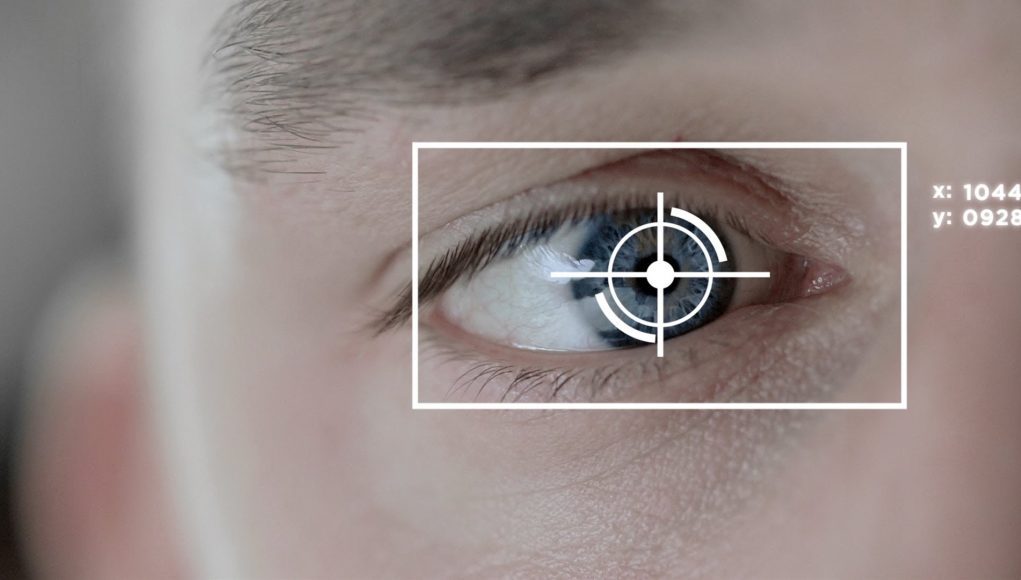The Eye Tribe, a Denmark-based eye-tracking startup, today confirmed they’ll be joining the ranks of Facebook’s Oculus VR.
Both Oculus and The Eye Tribe today confirmed the acquisition with TechCrunch‘s Josh Constine. The specifics of the acquisition are still fairly thin however. Is the company going straight to ex-CEO Brendan Iribe’s new PC VR team in Facebook? Is The Eye Tribe staying exclusively within Oculus? Is there much of a difference? We just can’t say for sure yet.
Founded in September 2011 by 4 former PhD students from the IT University of Copenhagen, The Eye Tribe has since raised $3 million in seed funding, and has also lead a $4.4 million government-supported project to bring eye control to the mass market together with LEGO, Serious Games, IT University of Copenhagen, and Technical University of Denmark. Presumably up until today the company has sold their Tracker Pro dev kit to anyone with $199.
The interesting part? The Eye Tribe has shown their eye-tracking technology working in a range of VR headsets including Oculus Rift, HTC Vive and Gear VR.
Having eye-tracking integrated into a VR headset doesn’t only potentially mean giving you the ability to control in-game objects with your eyes though. If you’ve been following VR for a while now, you’ve undoubtedly heard of foveated rendering, a technique for reducing the load on your graphics card by figuring out exactly where a user’s eyeball is looking. Foveated rendering is oft considered the next generation technology because it lets VR developers render where you’re looking at a higher fidelity, and render your peripheral view at a much lower fidelity, therefore letting your computer save on its overall graphics load.
We’ll be following further news on The Eye Tribe/Oculus acquisition and updating as it comes in.







